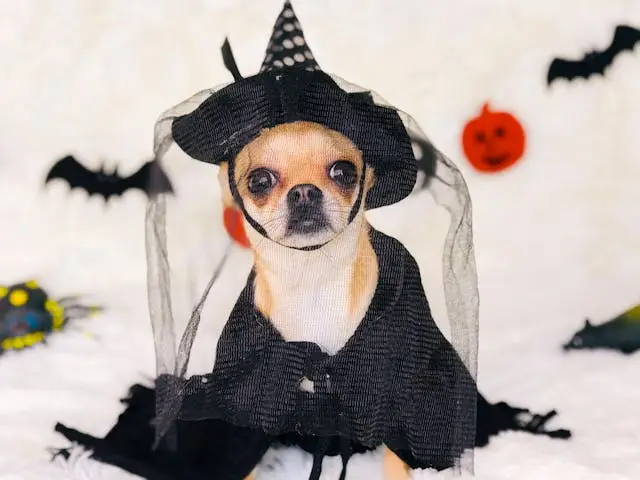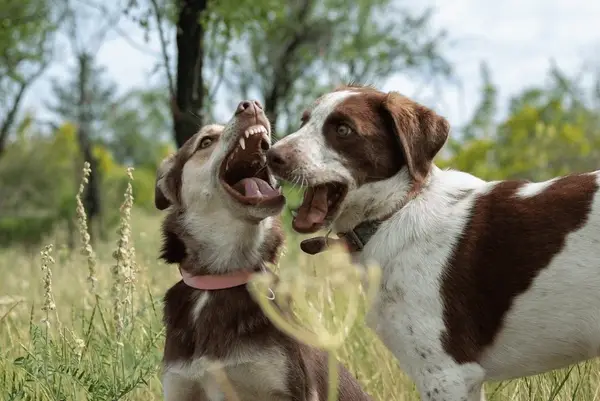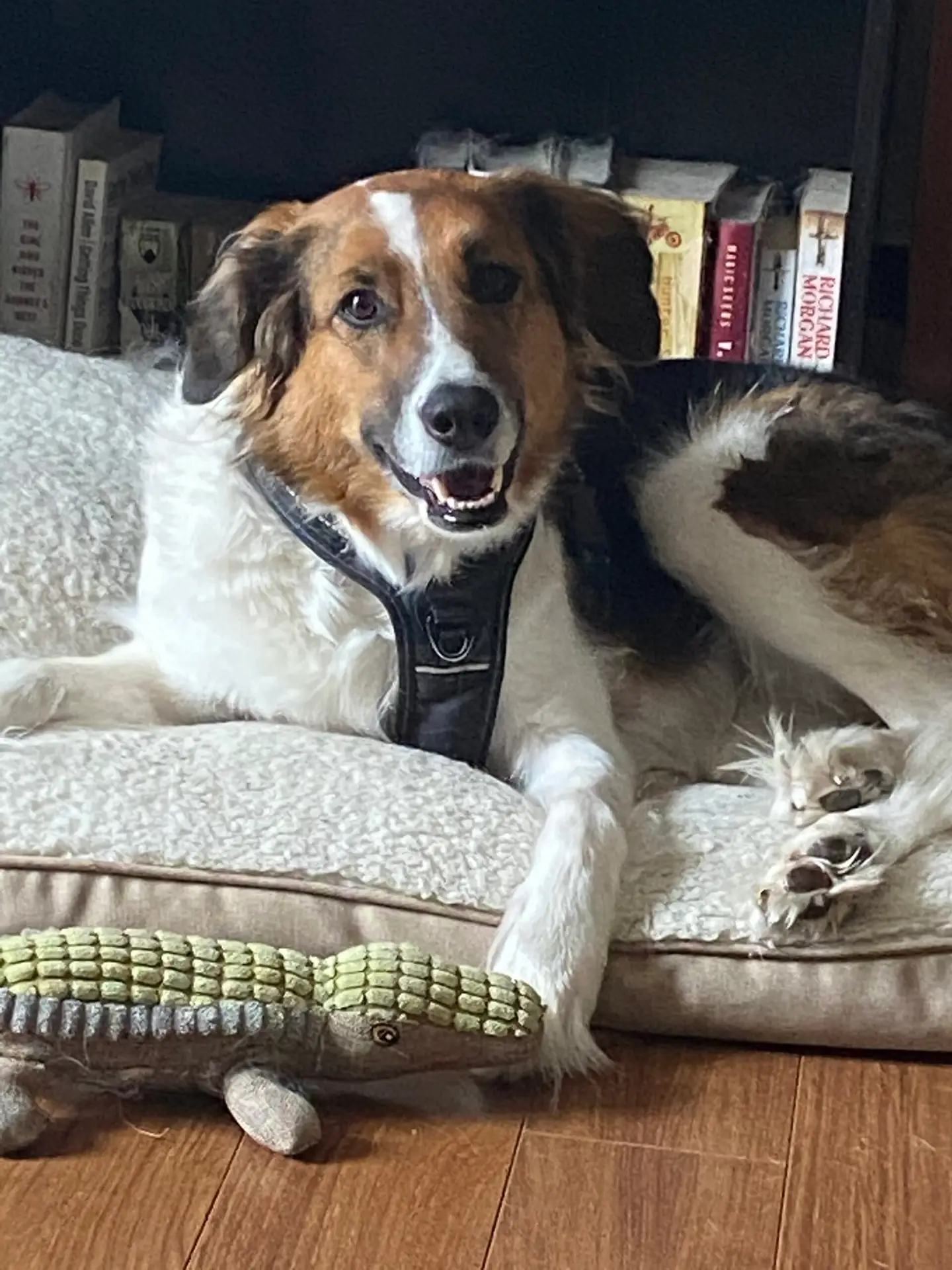As a pet owner, you would never want to think of the time when you have to say goodbye to your furry family members. When your pet becomes very sick and suffers in pain, you may start trying several treatment plans with doctors and at one point you may think if treatments will help your pet over their quality of life. This is where compassionate euthanasia can be considered for pet owners and pets for their best comfort.
What is compassionate pet euthanasia?
Compassionate euthanasia is known as an easy and painless death. It is a process of ending a pet’s life in a peaceful and painless manner to relieve suffering. During compassionate euthanasia, sedation is required on pets to help them relax and then a medication is administered to stop their heart and breathing. This is a quick and painless process, allowing pets to pass away peacefully without distress.
When is the right time?
When your pet becomes very sick and has no progress in recovery, compassionate euthanasia is often discussed as an option to help your pet out of pain. It is important to assess a pet’s quality of life (QoL) during an appointment with your vet before euthanasia to make sure this is the best decision for your pet.
Journey’s Home has a good post that will guide you to self-assess your pet’s quality of life. Their scale calculator, helps you decide whether you should book the QoL exam or not.
Where is compassionate pet euthanasia performed?
It can be performed at a local vet clinic after the QoL examination or at your house by an in-home pet euthanasia service. In-home pet euthanasia has been popular these days because it can allow a pet to be in the comfort of a home or yard when the time comes to pass.
There are also mobile service providers who offer end of life care eg Paws at Peace.
What are the aftercare options?
After the compassionate euthanasia, your vet will let you know about the aftercare options such as pet burial and cremation. Pet cremation has two different types- communal and private. Communal cremation is referred to as group cremation. Although your pet’s remains cannot be returned, it will be handled with the same respect and care as in private cremation throughout the cremation process. On the other hand, private cremation is referred to as an individual cremation. Your pet is cremated separately from other animals so that their remains can be delivered to your home. With primate cremation, you can get remains back in an urn, scatter tube, or silk pouch for the memorial. If you do not want the remains back but want something for memory, a paw print is also a popular option.
Consider honouring a pet or loved one
Progressive Animal Welfare Services PAWS has helped a number of clients afford end of life care and compassionate pet euthanasia. If you’d like to honour your own pet or donate as a tribute to a dear person who is or was an animal-lover, please consider these ways of giving.
Related posts
How do I plan for my pet outliving me?
Taking care of your senior dog
Feature Photo by Helena Lopes





